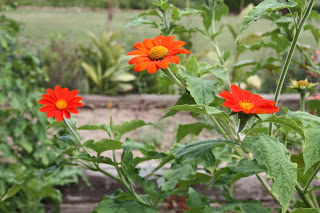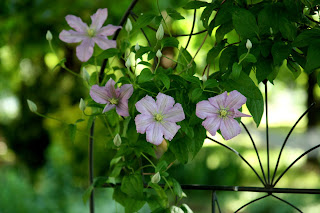Panolas are Hardier Pansies

The gardening tradition of planting Pansies in the fall got a fresh start with new and improved hybrids. Panolas are just one of the new Pansy hybrids that are now available. Garden gurus crossed Violas with its tiny spring flowers and our beloved Pansy with its large, colorful blooms. Nurseries are selling them as Panola, Matrix, Dynamite and Universal Plus. The new plants require no removing of the old flowers (dead heading) in order to keep them blooming. Plus, they have greater heat tolerance, sticking around to bloom when the temperatures get too warm for traditional Pansies. Ours, in the photo, came from Riddle Plant Farm in Broken Arrow. They are also available through mail order nurseries such as Burpee (www.burpee.com). Egemont Seed Company (www.Egmont seeds.co.nz), describes Panolas as having flowers larger than a Viola and smaller than a Pansy but with hundreds of flowers that will not be smashed by rain, hail or wind. Compact Panolas are cold hardy in zones 6 t...


